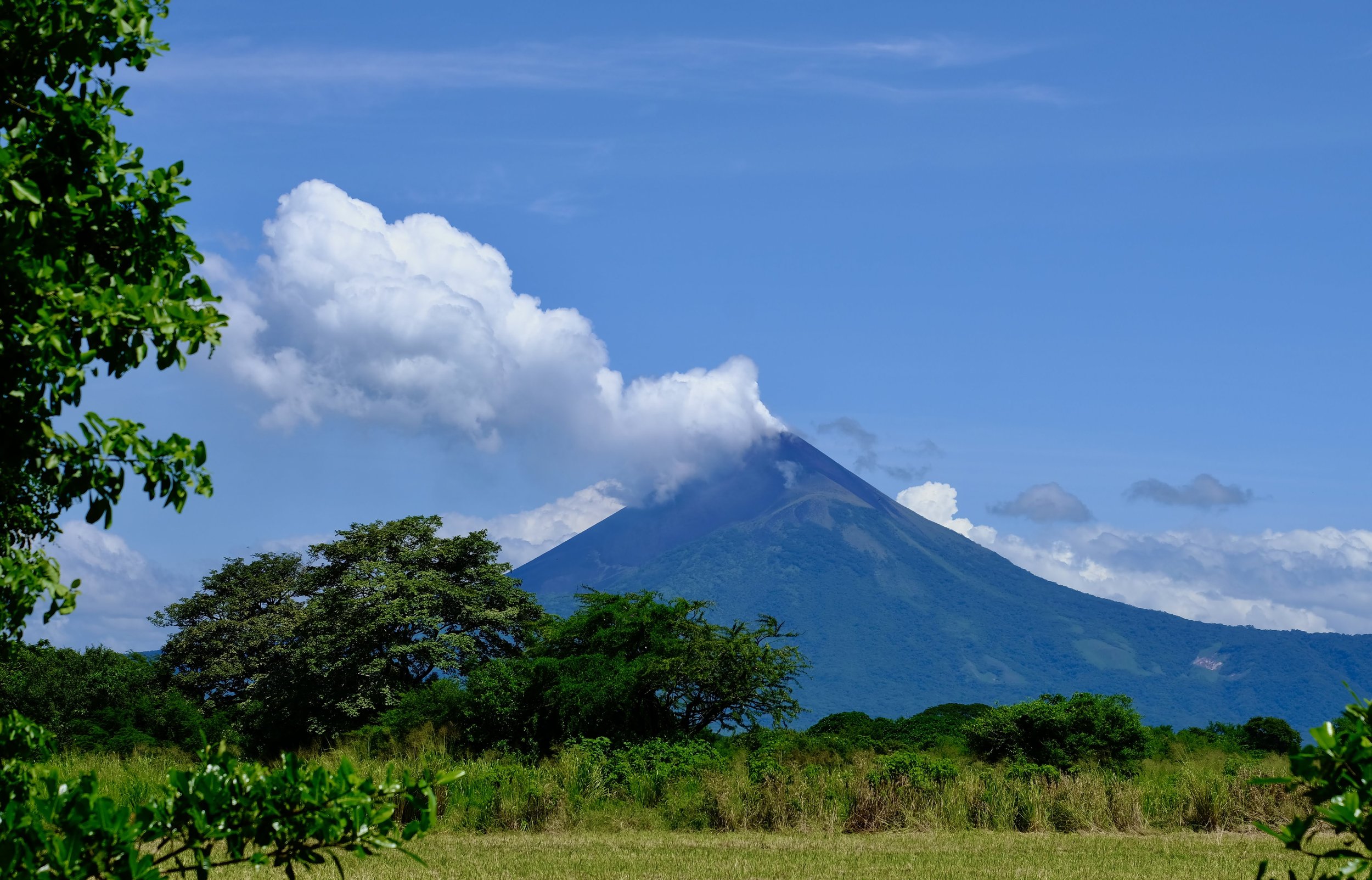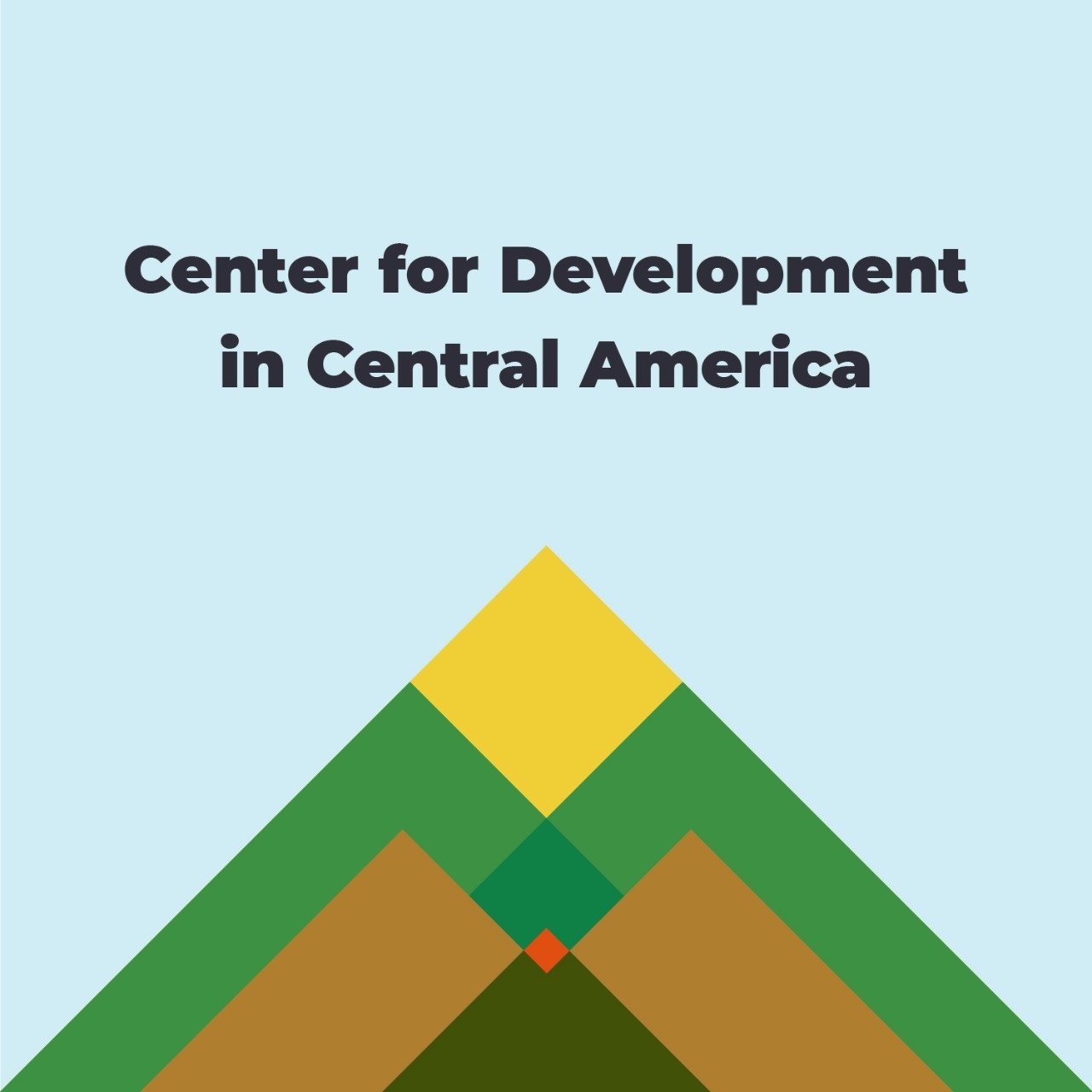
CDCA and Nicaragua
Background
1979:
We made a commitment to the poor of the world
45 years ago, to work with them to improve their lives. We founded the Jubilee House Community as a non-profit in North Carolina to carry out this work. Over the next ten years, the we began and then ran a battered women’s shelter, homeless shelters, a rape crisis line, began a Habitat for Humanity chapter and a host of other projects to help the poor. n 1990, we founded another organization to carry on this work, which continues to this day in North Carolina. We knew this work was vital to help the most vulnerable; but as time went on, we increasingly felt that we were working on Band-Aid solutions to alleviate suffering in a system that marginalizes our society’s most vulnerable.
Instead, we sought a way to focus on root causes of poverty in harmony with a society where being poor doesn’t rob you of your dignity, an example we had seen in person when visiting Nicaragua during the 1980s. To this end, Jubilee House Community turned its vision south, to Nicaragua.
1994:
Nicaragua
Nicaragua, a country in the heart of the Americas, where 50,000 Nicaraguans were killed under a cruel 40-year dictatorship before idealistic young Sandinista revolutionaries managed to overthrow it in 1979. During the 1980s, Nicaragua’s revolution managed to redistribute land to poor farmers, teach its people to read and write, eradicate childhood illnesses and offer its population free education and health care. It managed all these accomplishments even while suffering a decade of war with 30,000 dead – a war organized, funded and carried out by the U.S. backed-contras who were intent on killing the Nicaraguan revolution.
The U.S. promised to continue its war unless the people elected the U.S.-backed candidate, which they did in 1990 in order to have peace. Nicaragua then entered into a 16-year period of neoliberalism where the rich got richer and the poor got even poorer.
It was during this period, thirty years ago, that the Jubilee House Community was invited to work with the poor in Ciudad Sandino, a city of 130,000 just outside Managua, Nicaragua. Ciudad Sandino had long been the dumping ground for refugees from natural disasters and violence, and as such, was one of the poorest cities in the country.
We founded our project, the Center for Development in Central America, and came not to work for the poor in Nicaragua, but to work with them. Since then, our role has been to help Nicaraguan communities carry out the projects they identify as priorities for their own communities.
Over time, these needs and priorities have changed as the country has changed. For example, in 1998, Ciudad Sandino received 12,000 refugees from Hurricane Mitch, and a new neighborhood of Nueva Vida was formed with no housing, roads, electricity, water or health care for its residents. We began to work in this community at its inception, and much of our work remains focused on this barrio today.
Nicaragua Today:
Remarkable Progress
has been made since 2007 when the Sandinista government came back into power with a political will to improve the lives of poor Nicaraguans that had not been seen in the previous neoliberal governments. Since then, the situation for poor Nicaraguans has improved drastically – poverty has been reduced by 23.4% and extreme poverty has been reduced by 10.3% over the past 17 years. Health care and education have been made free again. Infrastructure has improved with roads, electricity and potable water.
We are excited to see the lives of those with whom we work tangibly improving in such a short time, it is truly remarkable progress. There is still much work to be done, however. The population of Ciudad Sandino and Nueva Vida in particular continues to be one of the most vulnerable urban areas, experiencing deeper poverty, lower levels of education and poorer health outcomes than the population at large.
A focus to reduce rural poverty has resulted in rural living conditions improving at an even faster rate than in cities, and so the challenges facing the rural comarcas of Ciudad Sandino are different today than they were when we began our work there. Meanwhile, the isolated community of the El Porvenir [link to sustainable agriculture] coffee cooperative, home to more than 50 families, continues to struggle just to access water, electricity, transport, health care, and education beyond sixth grade.
As the situation for the people of Nicaragua has shifted, our programs to respond to their needs must also shift. CDCA works in coordination with Nicaraguan communities, local and national authorities, staff, volunteers and supporters to improve the lives of poor Nicaraguans.



